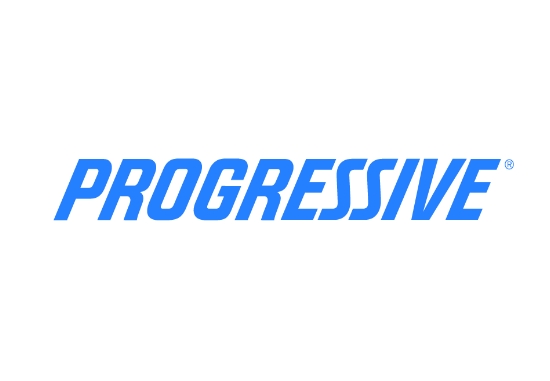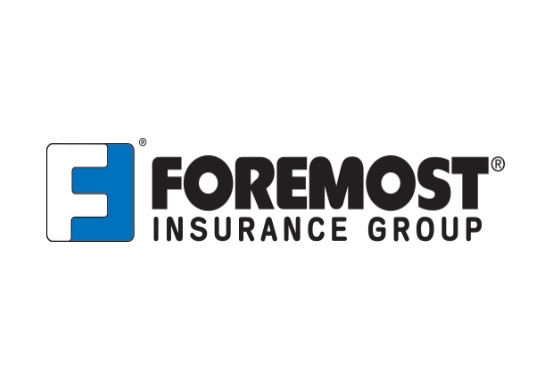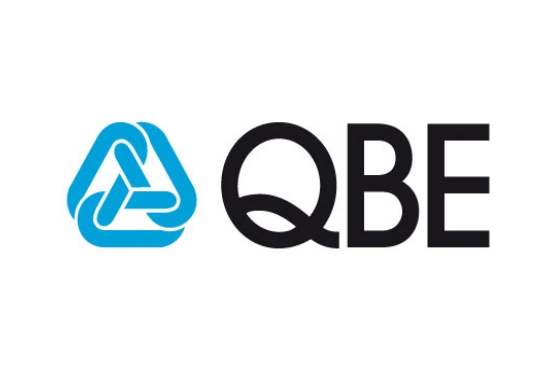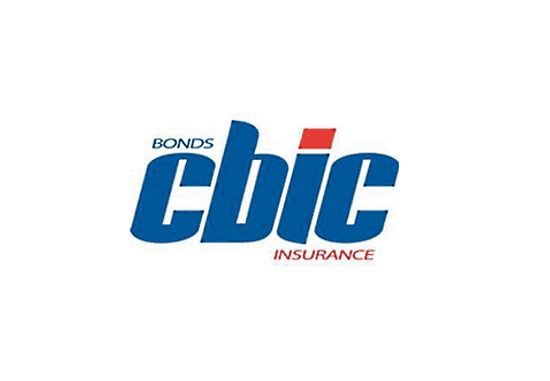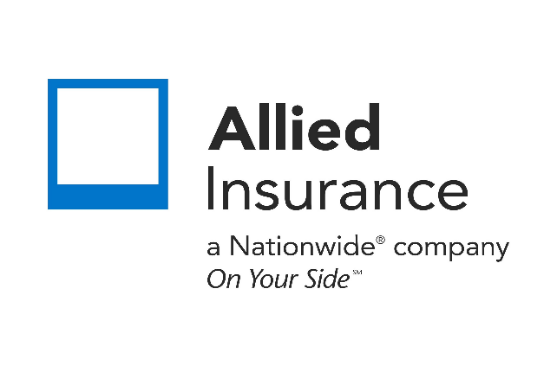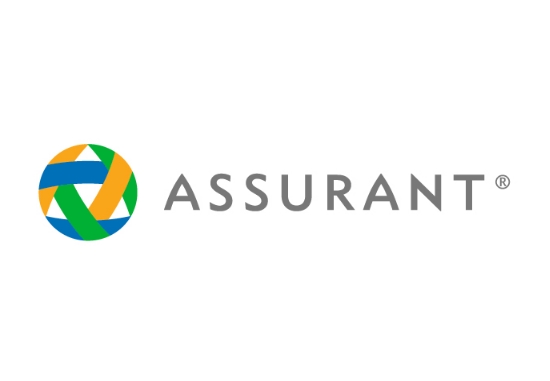Navigating Life Insurance for High-Risk Occupations
We will search the top carriers for you for the best offer.
Life Insurance for High-Risk Jobs: What You Need to Know
If you work in a high-risk occupation — like construction, firefighting, law enforcement, aviation, or offshore drilling — you already know: your job puts your life on the line daily. But does that mean life insurance will be harder or more expensive to get?
Not necessarily.
Let’s break down how to secure the right life insurance even with a dangerous career — and how to get covered without overpaying.
🚧 What Counts as a High-Risk Occupation?
Insurers consider a job “high-risk” if it significantly increases the chance of accidental death or injury.
Examples include:
Police officers & firefighters
Pilots & flight crew
Roofers, loggers, miners
Truck drivers & commercial fishermen
Military, construction, oil rig workers
High-risk doesn’t mean uninsurable — but it does affect your premium and approval process.
🔍 What Insurers Look At
When you apply, insurers evaluate:
Your exact job duties
How often you’re exposed to risk
Whether you work domestically or internationally
Any safety protocols or certifications
Your health & lifestyle (smoking, hobbies, etc.)
Being upfront and providing detail helps you get fair, accurate quotes.
✅ Tips to Get the Best Policy
1. Compare multiple carriers.
Some insurers specialize in covering high-risk occupations and offer better terms.
2. Consider Term Life.
It’s affordable and gives you high coverage during your working years.
3. Ask about “exclusions.”
Make sure your job duties are actually covered. Some policies exclude on-the-job incidents unless specified.
4. Don’t settle.
Even if one company declines you, others may approve. Get multiple quotes.
💡 What If I Can’t Qualify?
If traditional insurance is tough to get:
Try no-exam life insurance
Look into group coverage through unions or employers
Consider accidental death insurance as an additional layer
There are always options — the key is knowing where to look.
🛠️ Don’t Let Your Job Leave Your Family Unprotected
Just because your work is risky doesn’t mean your loved ones should live with financial uncertainty.
We help you:
Compare nearly 100 carriers
Get instant quotes
Lock in coverage — often with no medical exam
6. The Importance of Working with a Specialized Insurance Agent
Working with an insurance agent who understands the complexities of high-risk occupations can make a big difference. A knowledgeable agent can help you navigate the different policy options, riders, and exclusions that may apply to your situation. At Toby Hansen Insurance Agency, we specialize in helping individuals in high-risk jobs find the right life insurance policies to protect their families.
Related Posts
Get a Right Insurance For You
SHARE THIS ARTICLE
We will compare quotes from trusted carriers for you and provide you with the best offer.
Protecting your future with us
Whatever your needs, give us a call, have you been told you can’t insure your risk, been turned down, or simply unhappy with your current insurance? Since 1995 we’ve been providing coverage to our customers, and helping people across United States.

